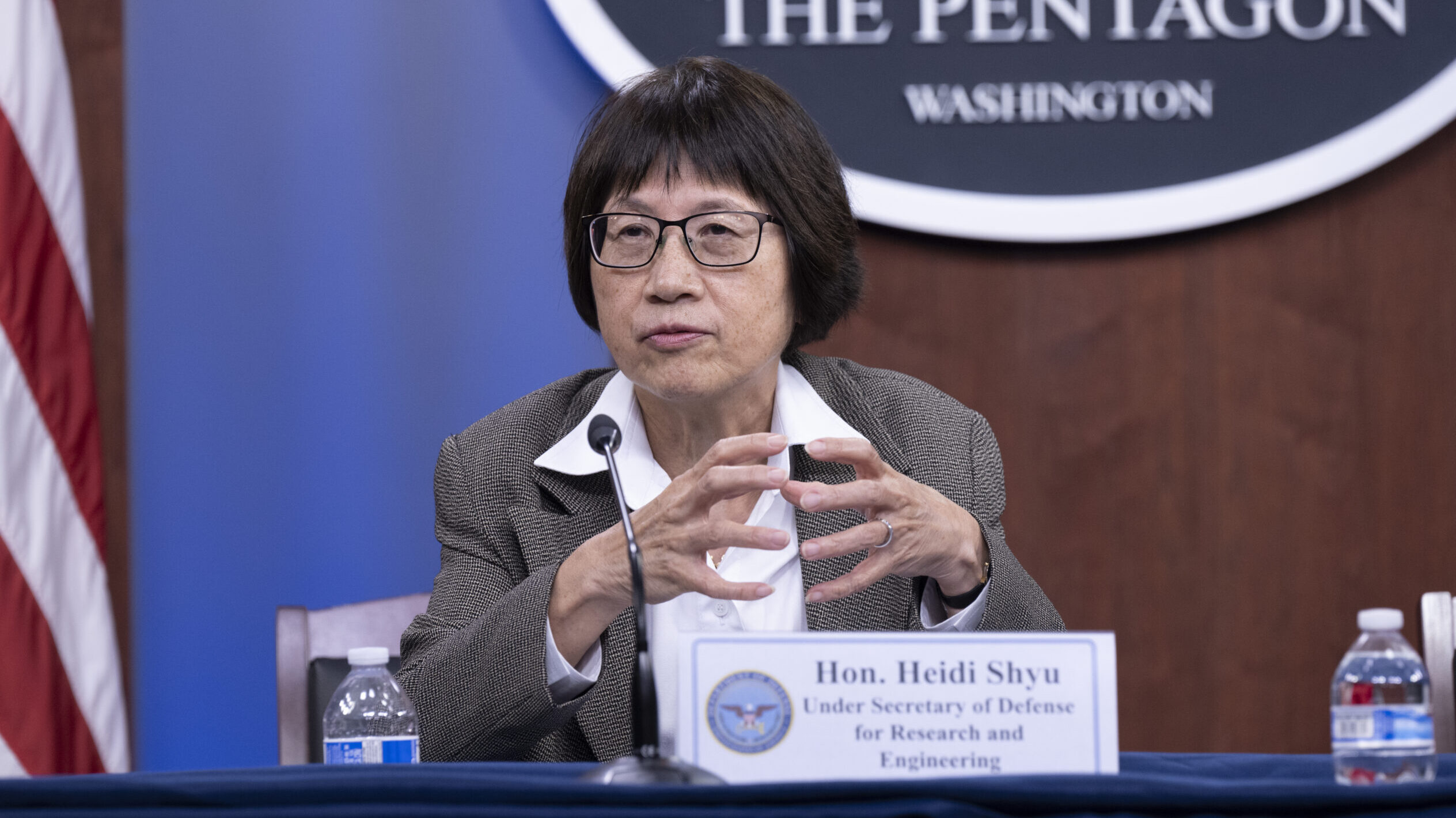House Lawmakers Propose Renaming, Expanding DoDs Top Tech Officer Role

Heidi Shew, Under Secretary of Defense for Research and Technology, speaks during a news conference announcing a university research center initiative with historically black colleges and universities, the Pentagon, Washington, DC, June 27, 2022. (DoD photo by Lisa Ferdinand of the USA)
WASHINGTON. The duties of the Pentagon's chief technology officer could be expanded to include closer oversight of commercial defense technology under a new role and title included in a key defense policy bill proposed by a House subcommittee for the 2024 fiscal year. demand lawmakers. The Ministry of Defense will quickly change to new technologies.
At the suggestion of the Subcommittee on Cyber Security, Information Technology and Innovation (CITI) of the House Defense Committee, the Under Secretary for Research and Technology should be designated as Under Secretary for Technology Integration and Innovation.
The bill released Monday would do much of what the position already does, including setting commercial technology policy and serving as the defense secretary's chief adviser on commercial innovation. But in the new position, the deputy will also " offer an alternative way to integrate commercial technologies into the agency, which does not involve the use of an integration process and the development of joint opportunities to use technologies that exist in the commercial sector to obtain." "' but it doesn't say exactly what the alternative path should look like.
Heidi Shu currently serves as Under Secretary for Research and Technology at the Department of Defense and oversees all of the ministry's science and technology development efforts and investments. The bill said Shew would take on a new role and the proposed changes would take effect a year after the bill comes into effect.
In particular, the expanded title will reflect much of what Sheu tried to achieve in his first two years when he led the department's rapid technological development and expansion efforts . In a memo obtained by Breaking Defense last February, Shu identified 14 technology areas considered critical to the Pentagon, including artificial intelligence, microelectronics and space technology.
As part of another initiative called the Defense Rapid Experiment Reserve to support the Defense Department's future joint needs in 2021, Xu conducts two "sprints" a year to investigate 32 proposed experimentation sites. The first tests, which began this year, focused on large-scale wildfires and included a joint project with the UK and Australia.
In May, the Defense Department released its science and technology strategy, outlining the challenges Shu has focused on in the past: accelerating the development of joint combat capabilities, expanding capabilities "at speed and scale" and "providing a research foundation." and development". ." Through workforce development and physical and digital infrastructure upgrades.
The subcommittee also tasked Xu with developing a strategy for how the Department of Defense can use intellectual property (IP) to "enhance" its ability to acquire new technology and defeat adversaries. Lawmakers are asking Shu to agree with the defense secretary on guidelines for the use of intellectual property in the ministry's research and engineering programs, as well as "in the context of strategic competition, including hybrid warfare and deterrence."
The plan outlines how the Department of Defense plans to protect itself from intellectual property theft and to "identify methods to promote innovation, scale solutions and the use of patents in the Department of Defense," creating an integrated, interagency approach to prioritization . and development". and the use of new skills and technologies".
The bill also includes several non-mandatory elements of an IP strategy, such as "developing an innovation warfare strategy that develops DoD's technology base and creates tools to protect intellectual property" to stay ahead of adversaries, as well as policy recommendations. alter.
Previously, the Deputy Minister of Research and Technology also oversaw other defense departments, including the Department of Defense Innovation. In April, the Ministry of Defense announced that the DIU would leave this organizational structure and report directly to the Minister of Defense.
The HASC CITI subcommittee bill also includes a provision that could codify a Department of Defense reorganization of the DIU if lawmakers agree on the agency's importance of modern technology to national defense. Lawmakers are demanding that DIU submit a personnel report to the House and Senate Armed Services Committees. The report must also include a plan to "fill staffing gaps identified during the assessment" and "fund the activities necessary to fill those gaps."


